Got Pain? 4 Steps to Shift It
Posted on February 16, 2021 by Debra Burdick
Many years ago I had unremitting pain all over my body 24 hours a day for more than 15 years. I was eventually diagnosed with Fibromyalgia and a combination of God answering my prayers for wellness, alternative treatments, meditation and Neurofeedback eventually helped me get well.
As I experienced during those years, pain can 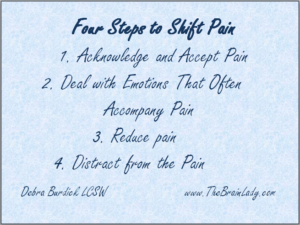 be overwhelming and often significantly interferes with the quality of life. Here is a 4 step process that helps you acknowledge and embrace your pain, deal with emotions related to your pain, relax around your pain and finally shift your attention away from the pain whenever you need a break from it.
be overwhelming and often significantly interferes with the quality of life. Here is a 4 step process that helps you acknowledge and embrace your pain, deal with emotions related to your pain, relax around your pain and finally shift your attention away from the pain whenever you need a break from it.
1. Acknowledge and Accept the Pain
The first step in dealing with pain is to acknowledge and accept the pain. This does not mean that you focus on your pain all the time. But rather, it means you notice it, honor it, and accept that it is there. This first step helps you increase awareness of body pain and tension while you accept it or, at a minimum, let it be. It also keeps you from resisting the pain which often leads to muscle tension and more pain. It is very important that you don’t ignore pain so you can take the best care of yourself when you are in pain. By first accepting your pain you will be more able to do the next steps in this process. Here’s a quick checklist for how to do it.
- Check in with your body at regular intervals
- Perhaps set an alarm to remind you to do so.
- Ask yourself, “How is my body?”
- Practice noticing what’s there without resistance or judgment
- Learn to tune in to your pain as an observer
2. Deal with Emotions That Often Accompany Physical Pain
The second step is to spend some time thinking about the emotions that accompany your pain. It also involves going deeper to understand the story and the meaning you attach to your pain.
- Identify the emotions. Allow yourself to feel and name the feelings that come up when you think about being in pain. For example do you feel angry, sad, worried, helpless, or hopeless when you think about your pain?
- Explore the story behind the pain. Write down what your story is behind the pain. Think about what you tell others about your pain. How did it get started? Why do you think you have pain? How has it impacted your life?
- Identify the meaning you attach to your pain. What meaning do you attach to your pain? Do you feel you have pain because of something you did or said? Does it feel like a punishment? Do you think it is genetic and handed down from a family member? Is it simply a mystery to you? What does it mean to you?
- Look for secondary gain. Do you get any hidden benefits from being in pain? Do you get out of doing things you don’t like to do? Do you ever find yourself using your pain as an excuse not to do something that perhaps you really could do? Do you get special treatment or attention because you are in pain?
- Examine and grieve losses. Write down a list of things that you have lost in your life due to your pain? What do you have difficulty doing that you used to do easily? Acknowledge your losses and allow yourself to grieve and honor them. For example, does the pain make it hard to concentrate or get a good night’s sleep? Did you have to stop doing something you love to do? What would be different about your life if you didn’t have pain?
- Identify the limits that your pain places on you. What has pain caused you to modify in your life? For example, can you still cook a simple meal but not a complicated one because it hurts too much to stand for that long? Can you walk, but not for as long as you used to? Do you have to limit how long you sit at a computer, or stand up? Is it hard to play outside with your kids or grandchildren? What can you still do despite pain?
- Pace activity. Learn to pace yourself so you don’t overdo and make yourself feel worse. Rest before doing an activity you love to do so you are prepared and can enjoy it. Rest when you are tired.
3. Reduce pain
It is common to tighten up muscles around the site of the pain. Often we do this unconsciously. It can help to lessen pain when you stop what you are doing and spend a few minutes deliberately relaxing the area around the pain. Here are a few ways to do this.
- Relaxation Breath. Take a deep breath in through your nose to the count of 4 and then slowly exhale through your mouth to the count of eight. Do it again and breathe in relaxation and peace and breathe out tension and pain. Notice how you feel before and after doing this.
- Relax Mind and Body. Take a deep breath in through your nose and imagine you are filling the painful area with a cushion of healing air and as you exhale imagine you are blowing out all the pain. Allow everything that needs to go to flow out. Repeat this three or four times.
- Progressive Muscle Relaxation. Tighten up all the muscles in your body all at once and hold for 7-10 seconds. Then release the tension and wait for 10 seconds. Do it again and this time focus on tightening the muscles around your pain. Repeat. Can you feel the difference between a tense muscle and a relaxed muscle? Which feels better?
- Relax Around the Pain. One great way to relax your muscles is to get a massage. A massage aims to relax muscle tension. A full body massage can help you let go of body tension you may be carrying without realizing it. Be sure to let the massage therapist what pressure feels the best without hurting you.
- Destress Your Life. Learn and use skills to destress all areas of your life to turn down your stress response. Here is a great resource to guide you in doing so: Transforming Stress Teletraining
4. Distract from the Pain
This last step in shifting pain is to direct your attention away from your pain. Now that you have acknowledged your pain, processed the feelings and losses associated with it, learned to pace yourself and take extreme care of yourself, you are ready to focus on things that help you keep your mind off your pain when you need it.
- Pay attention to your surroundings. First, notice what you are paying attention to and then bring your attention to the present moment and your surroundings. Notice everything there is to notice around you. Pay attention to the items you can see, the colors, the sounds, the smells, and the temperature. Simply bringing your attention to your surroundings will take your mind off your pain.
- Mindfulness of Tasks. Pay attention to whatever task you are doing. Be careful to be present and bring your thoughts back to what you are doing when they start wandering, worrying, or focusing on your pain.
- Changing the Channel. Notice what your thoughts are about and think of that as the channel you are watching. If you are watching an unhelpful channel such as your worry, pain, stress, pain or sadness channel change the channel to one that feels better to watch such as you calm, happy, comfort channel. Think about what you would put on a helpful channel such as an image of the ocean, your grandson, or something you love to do.
- Listen to Music. Listening to music is another great way to distract yourself from your pain. Find music that you really enjoy and that uplifts your spirits.
Use these four steps to shift pain whenever you need to do so. Leave a comment below to let us know how they worked for you. Also, please share what else you have tried that works for you.
I would love to hear your personal experiences with this topic.
Categories: Articles, Chronic Illness, Depression, Mindfulness, Pain
Tags: 4 Steps to Shift Pain, pain, Shift Pain

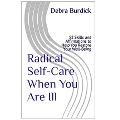
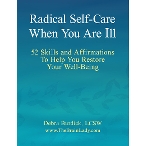
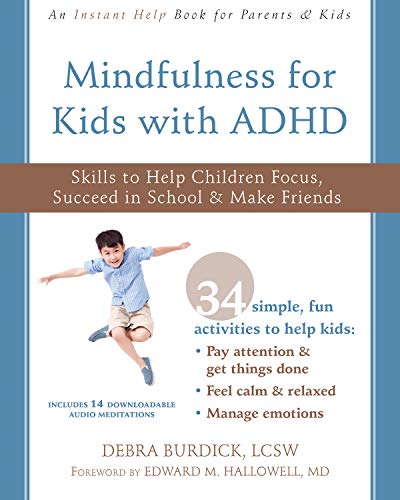
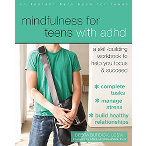
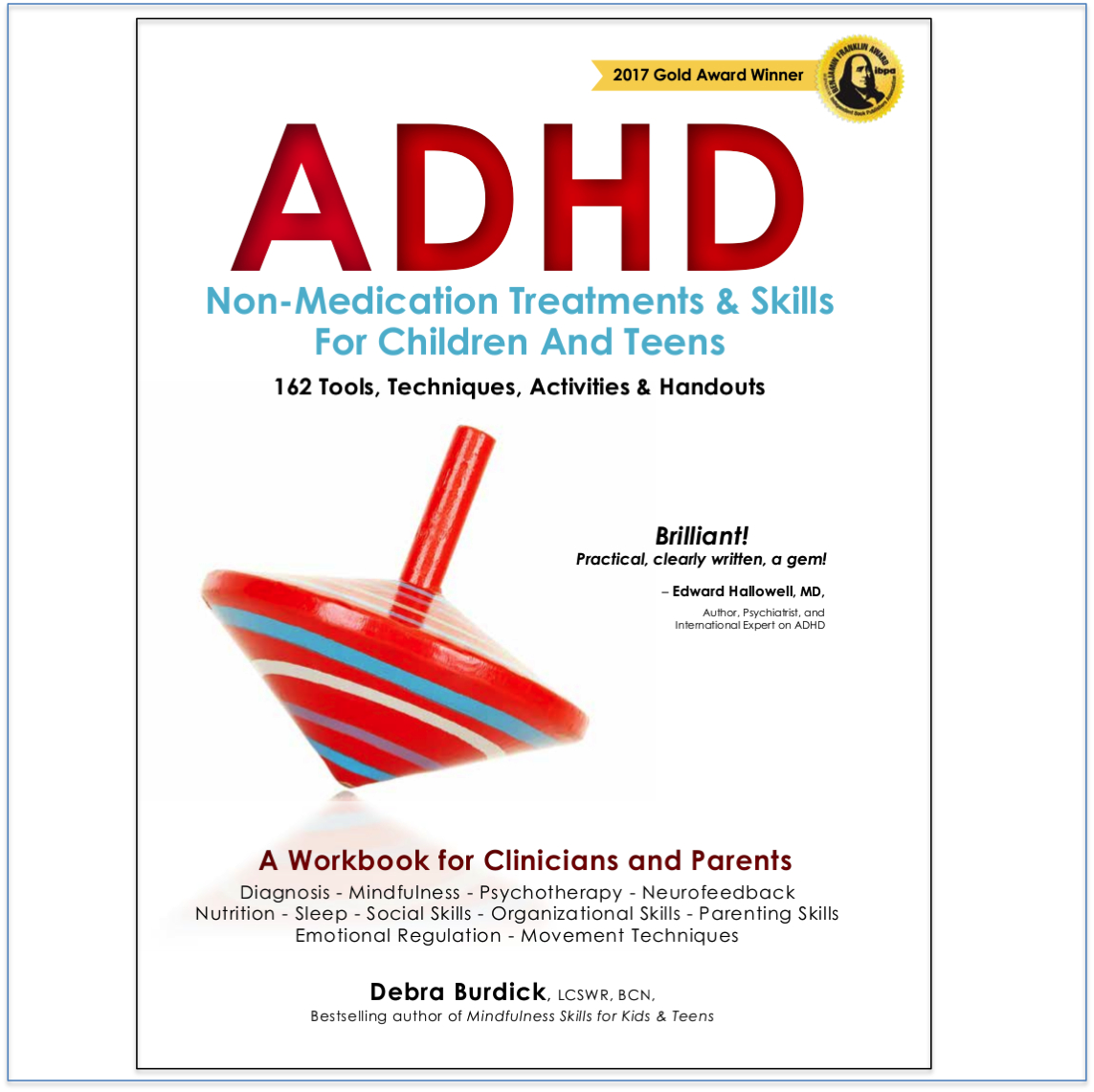
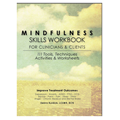
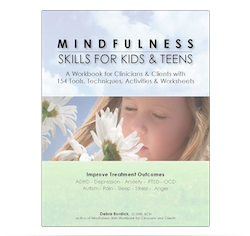
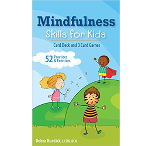
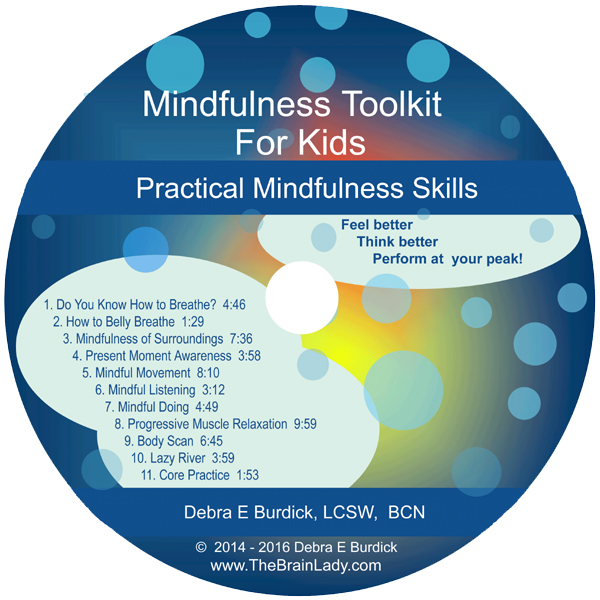
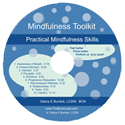
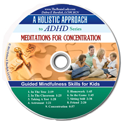
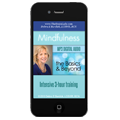
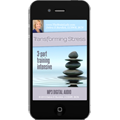
No comments yet. You should be kind and add one!
The comments are closed.